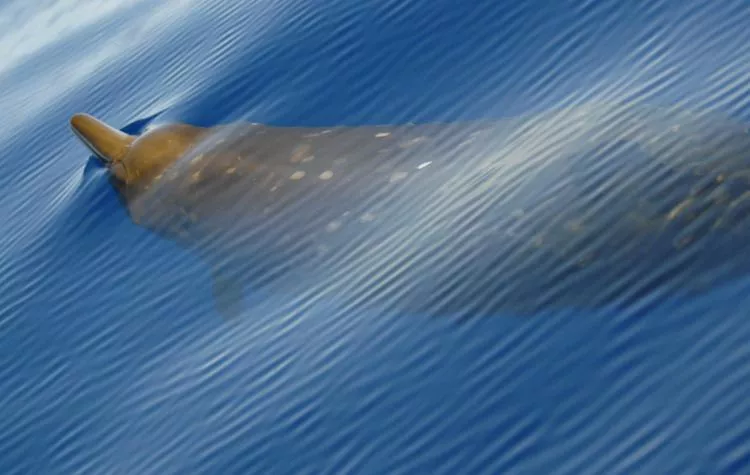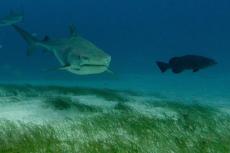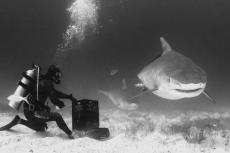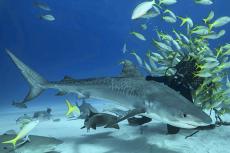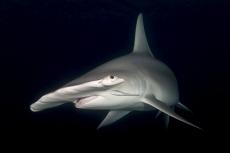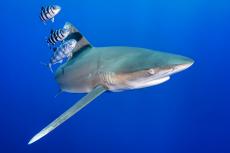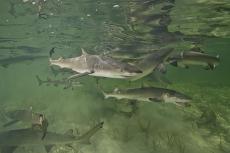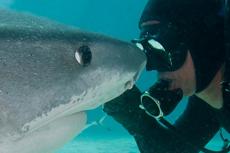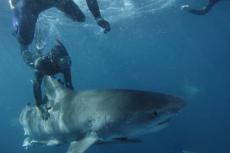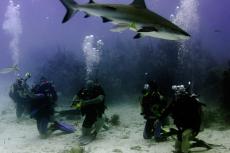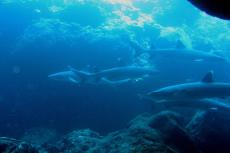Beaked whales found to forage off the Bahamas
New evidence show these difficult-to-study deep-diving creatures use specific ocean features such as salinity and temperature to find their prey. The shy and elusive toothed whales feed primarily on fish and squid in the ocean's deep scattering layer, an important prey resource for many species throughout the world's oceans.
Beaked whale species are thought to be sensitive to noise arising from certain human activities; in 2000, beaked whale strandings were observed coinciding with naval sonar exercises in the Bahamas.
Understanding the distribution and behavior of these species is important to minimize harmful impacts from human uses of the ocean.
A research team from Duke University, Woods Hole, and the Naval Undersea Warfare Center listened for foraging beaked whales and measured ocean features and distributions of prey off the eastern coast of Andross Island in the Bahamas.
In a recent study to be published on April 27, 2011, in the peer-reviewed open-access journal PLoS ONE, Dr Elliott Hazen and colleagues found that oceanographic and prey measurements can be used to identify beaked whale foraging habitat.
Acoustics data found scattering layers of prey on the western edge of the tongue of the ocean were denser than those at the eastern edge. The hydrophone range allowed for unprecedented measurements of the habitat and behavior of these elusive predators providing "necessary insight into how beaked whales interact with their environment."
- Log in to post comments


